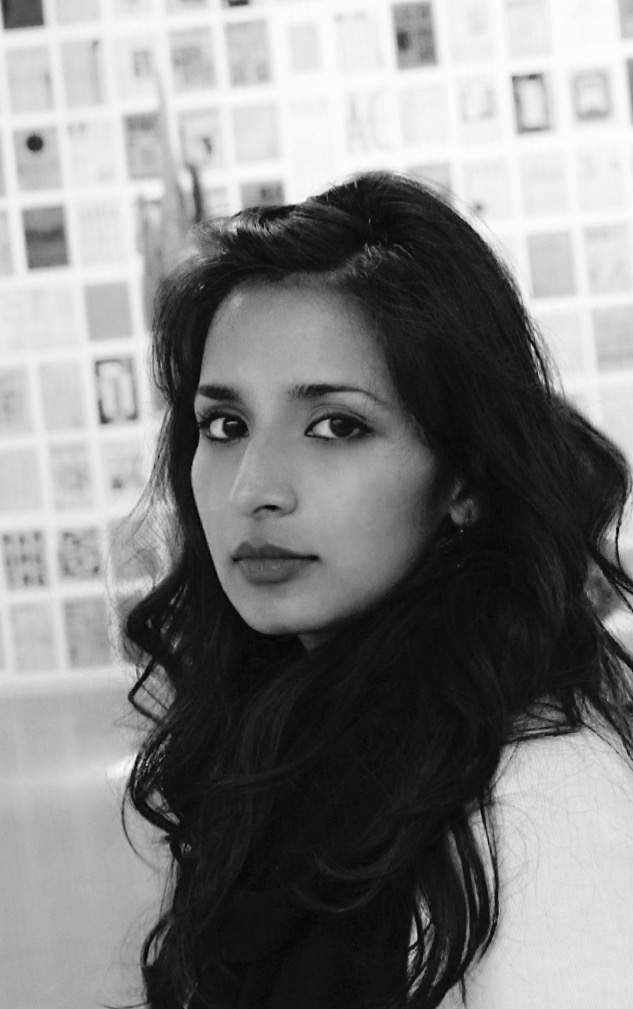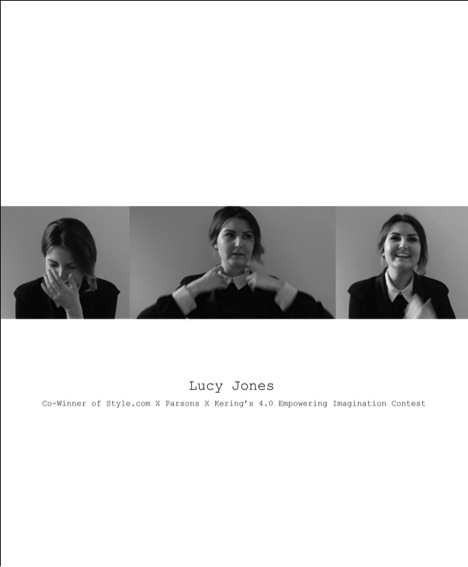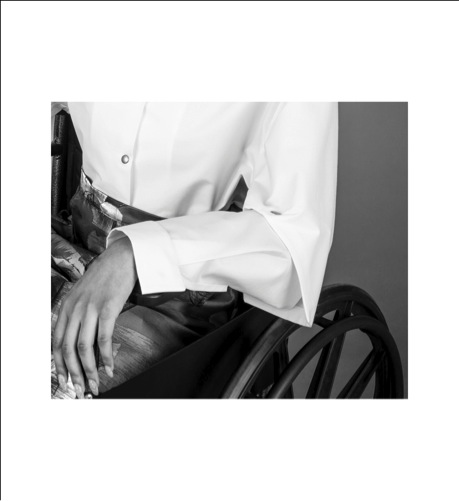A design key conversation with Lucy Jones
By Shriya Chandrasekhar
“The whole body has changed!”, exclaims Lucy Jones, a young fashion designer from Wales, with strong design aesthetics acquired and tested from Parsons The New School for design, New York. Her work and years of research, titled ‘Seated Design’ , dwells deeper into the conversations we need to have as a society and points an important design flaw we often disregard in the process of fashion design.
” Technically everything ( design measurements) widens and increases by 2 to 4 inches. And traditionally in Fashion design we never account the anatomical variations of a seated body. We always measure a standing body “, she explains, beaming about her strong pattern making skills she mastered during her rigorous research.
However, in her Sophomore year, Lucy like her peers dreaded Pattern making and dreamt of magical pattern making devices as a design solution to change the world. It was during this self-realizing project that she discovered, “Every project I did was always about fashion and never about people! In Parsons everyone keeps talking about this girl. And who the f*** is this girl? My girl is 20 something driving a Cooper around Chelsea.. I don’t know her, do you know her? You’re generalizing. Have you spoken to her? Have you asked her a million questions? Have you fit on her? ”
With that notion, Lucy decided to commit to the iterative process of design and simply give back to the society by designing for people, by listening and responding to the natural body , rather than attempting to create ‘fat-free’ clothes. She further embraced the process when she interviewed her younger cousin Jake , who is hemiplegic (Hemiplegia is the medical term for paralysis down one side of the body). Jake can manipulate his body to play drums and video games, but is dependent when it comes to clothing himself.
“We can modify drumsticks and play stations, but not clothes?”
As Lucy continued her research with an attempt to fulfill Jake’s dream, she had her own battles to dissolve .”Pink fleece and Velcro as supplements to be specific. “, Lucy recalls. “Also, it’s frustrating. The difficulty of buttons and weight of fabric creates an imbalance in maneuvering the garments. Simply said, Disability is not in the design practice at all”.
In order to effectively assimilate the process, Lucy used a technique often used in occupational therapy. “She is a method actor and would often strap her arm for hours searching for an effortless solution”, Professor Fiona Dieffenbacher, Lucy’s mentor at Parsons recalls. Lucy finally made her first pair of pants, which could be worn using a single hand in a seated position in March 2012 by brilliantly using the basic principle of origami. And like every designer, she had her tearing-up-with-joy moment when Ronnie, a classy lady using in a wheelchair, who is a mother figure to Lucy and has helped her in every step of the process remarked “It feels like nothing. It feels like air”.
In addition to the functionality of the garments, Lucy also plans to make the clothes healthy by using anti-microbial fabrics, which are jersey-knitted with silver and feels like silk. By incorporating elements like flaps, padding and strings, her designs are not only functional and aesthetically pleasing, but also completes the design cycle by being sustainable, which according to Lucy is “To sustain a better life and well-being.”
With business offers from who’s who of the industry and recognitions galore, Lucy aims to disrupt the process by making the patterns she calls ‘advantage blocks’ downloadable. ” I believe that collaboration is the way forward. Clothes for disability should not be a separate market. We should always be thinking about it. I want a Donna Karan to be able to take something from her collection and tweak it with advantage blocks, making it perfect for seated design. ”
By rolling the wheels and paving the way forward, Lucy Jones, an inspiration and better redefined as a “Problem solver” has indeed set up a platform for a dialogue between designers and the adaptive race to better sustain. After all, “We all sit”. Don’t we?
___________________________
About the author
 Shriya Chandrasekhar is a Fashion Design major at Parsons with a pure passion for the process.
Shriya Chandrasekhar is a Fashion Design major at Parsons with a pure passion for the process.
She expects her garments to function and respond in addition to being très chic.
Intensely human, she enjoys comic books and surreal excursions on rainy days.
Recent Posts
 School of Fashion Newsletter
School of Fashion Newsletter
- SOF Newsletter- April 2021 April 5, 2021
- SOF Newsletter- March 2021 March 3, 2021
- SOF Newsletter- February 2021 February 8, 2021
- SOF Newsletter- December 2020 December 1, 2020
- SOF Newsletter- November 2020 November 2, 2020
- SOF Newsletter- October 2020 October 6, 2020
- 4/1: Fashion News, Events, Opportunities, & More April 1, 2020
- 3/4: Fashion News, Events, Opportunities, & More March 4, 2020
- 2/26: Fashion News, Events, Opportunities, & More February 26, 2020
- 2/19: Fashion News, Events, Opportunities, & More February 19, 2020

